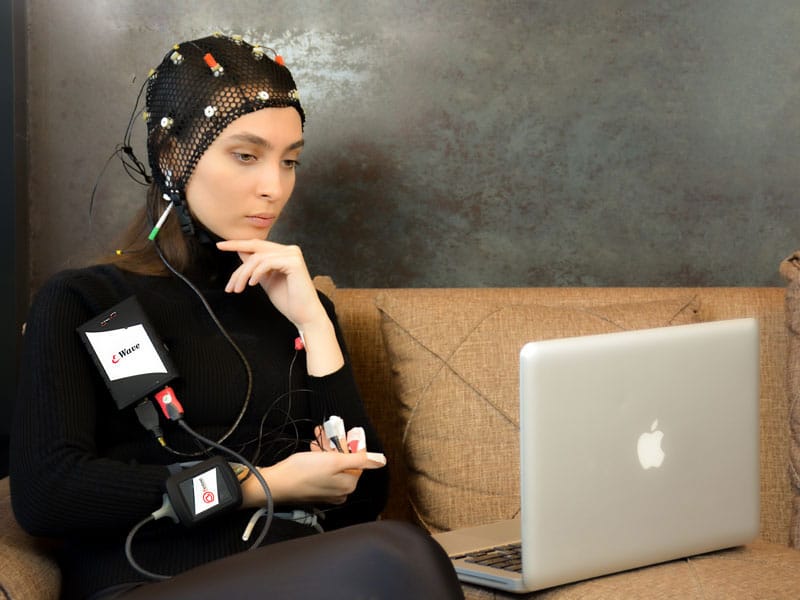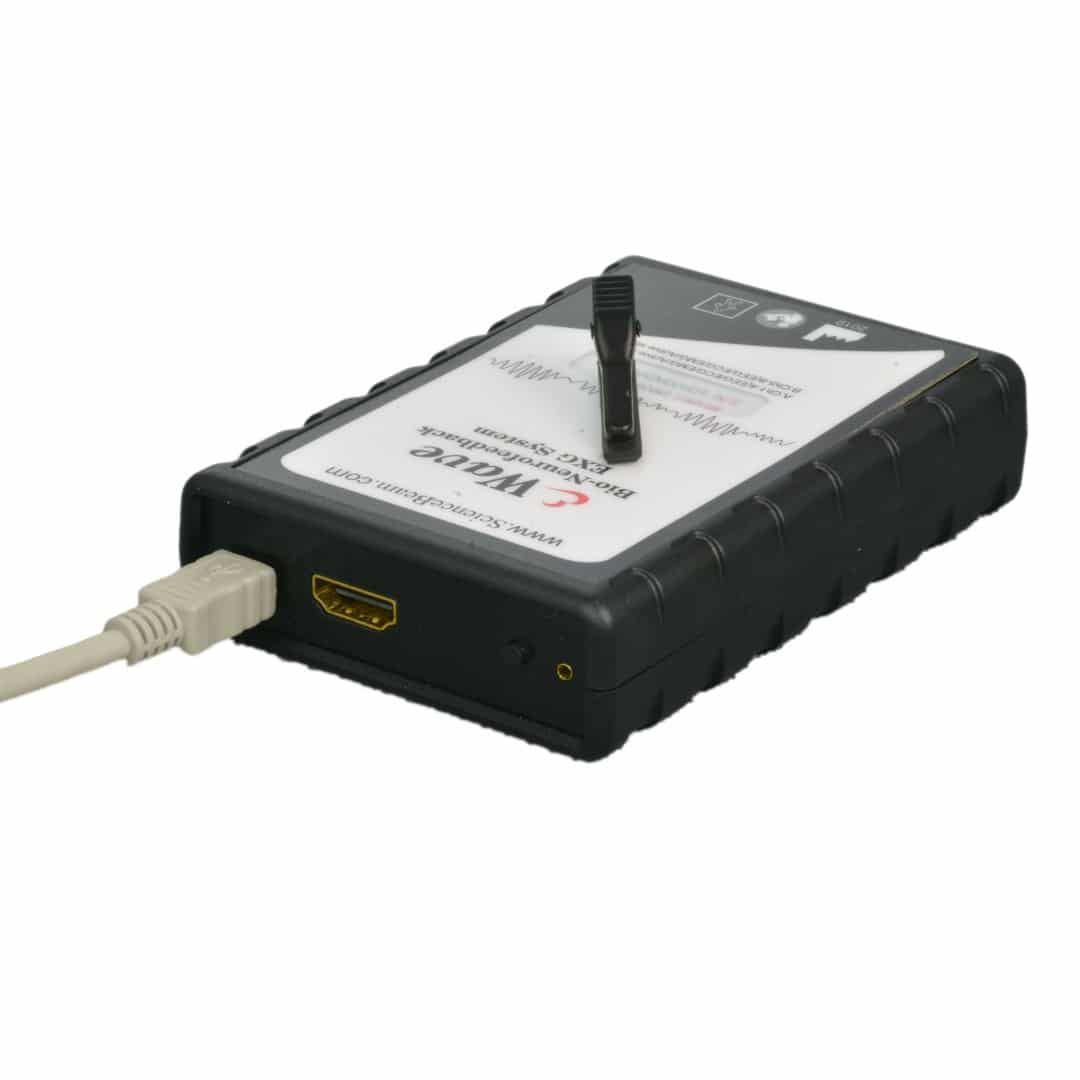
EMG biofeedback is a method of retraining muscle by creating new feedback systems as a result of the conversion of myoelectrical signals in the muscle into visual and auditory signals. EMG uses surface electrodes to detect a change in skeletal muscle activity, which is then fed back to the user usually by a visual or auditory signal. EMG biofeedback can be used to either increase activity in weak or paretic muscle or it can be used to facilitate the reduction tone in a spastic one. EMG biofeedback has been shown to be useful in both musculoskeletal and neurological rehabilitation.


Sciencebeam offers a novel fantastic tool to control toys for Biofeedback therapy.
Our novelty can accelerate the impact of Biofeedback training for treatment.
You can use EMG signals recorded by EMG Biofeedback myo to control remote devices. Those can be guided by several parameters relating to some online bio-signal features.
NEED MORE INFORMATION ABOUT THIS PRODUCT?
Send us your email so we can contact you as soon as possible.
Click one of our contacts below to chat on WhatsApp